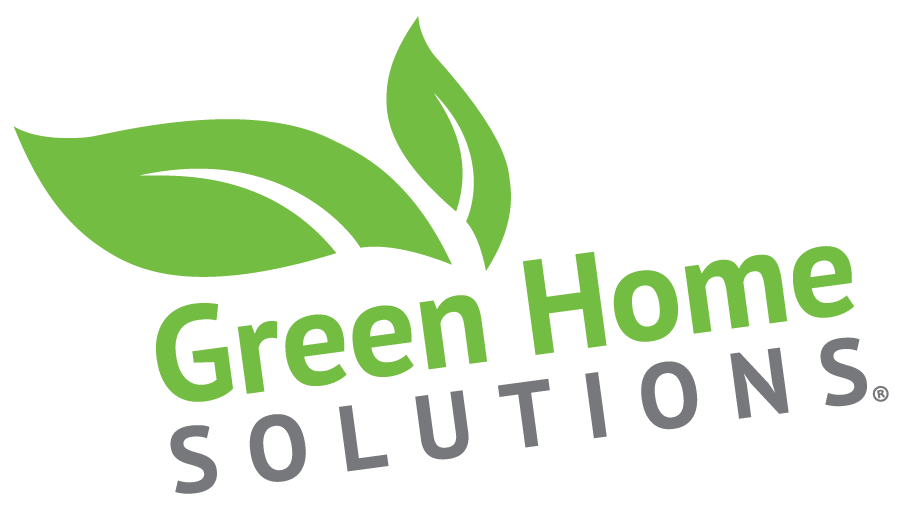Indoor mycotoxins are harmful compounds produced by certain molds and fungi that thrive in damp, poorly ventilated areas of homes. These tiny toxins pose significant health risks and require serious attention. Here’s what you should know about indoor mycotoxins and how they affect the body:
What Are Mycotoxins?
Mycotoxins are toxic chemicals produced by mold species such as Aspergillus, Penicillium, and Stachybotrys (black mold). They can contaminate air, surfaces, and even food, making them difficult to avoid once mold takes hold indoors.
Health Risks of Mycotoxins:
- Respiratory Issues: Inhaling mycotoxins can lead to respiratory problems like chronic coughing, wheezing, and throat irritation. Individuals with asthma or other respiratory conditions may experience severe symptoms due to mycotoxin exposure.
- Neurological Effects: Prolonged exposure to mycotoxins has been linked to neurological symptoms such as headaches, dizziness, and cognitive impairments. Some people may suffer from memory loss, difficulty concentrating, and mood swings, significantly impacting daily life.
- Immune System Suppression: Mycotoxins can weaken the immune system, making the body more vulnerable to infections and diseases. Individuals with compromised immune systems, such as the elderly or those with chronic illnesses, are at higher risk of serious health complications from mycotoxin exposure.
- Skin Irritation: Direct contact with surfaces contaminated by mycotoxins can cause skin irritation, rashes, and other dermatological issues. Sensitive individuals might develop severe allergic reactions requiring medical attention.
- Long-term Health Consequences: Chronic exposure to mycotoxins can result in more severe long-term health problems, including liver and kidney damage, and an increased risk of certain cancers. Addressing mold problems promptly and effectively is crucial to mitigate these long-term effects.
Protecting Yourself from Mycotoxins Moisture Control:
- Proper Ventilation: Maintain a dry, well-ventilated home to prevent mold growth. Use dehumidifiers in damp areas and promptly fix any leaks.
- Regular Cleaning: Clean and disinfect surfaces regularly, especially in areas prone to moisture such as bathrooms and kitchens.
- Mold Remediation: If you find mold in your home, seek professional remediation services to ensure it is safely and thoroughly removed.
- Air Quality Testing: Consider indoor air quality testing to detect mycotoxins and other harmful pollutants.
Understanding the dangers of indoor mycotoxins is essential for maintaining a healthy living environment. By implementing preventive measures and promptly addressing mold issues, you can protect yourself and your family from the harmful effects of these.
